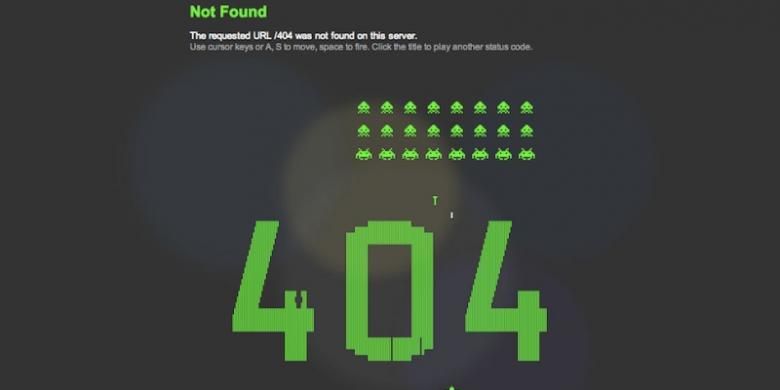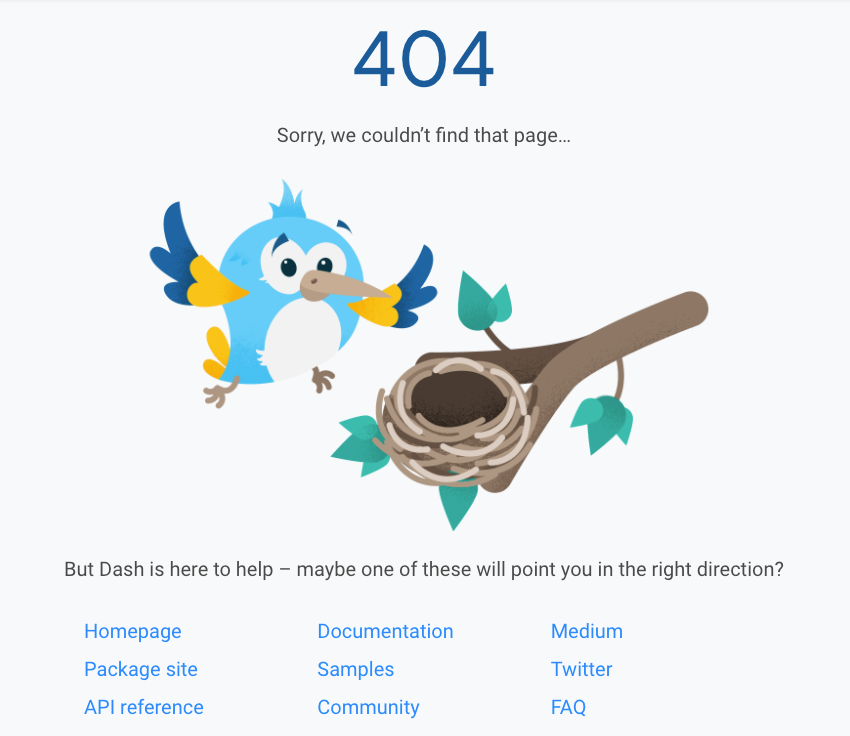


Why is it worth our attention? What is the benefit of better understanding the nitty-gritty of error codes which we can encounter? There are three basic reasons: The error code allows us to recognize what happened when the server received a specific type of request. These errors – 4xx and 5xx – are some kind of information that we get from the server in response to the question asked.

We will take a look at some of them later.Ī separate category are HTTP server error codes, beginning with a “5”: error 501, 502, and so on. Application and server errorsĪpart from the 404, there are 20 other so-called client application errors, all beginning with a “4”: 401, 402, and so on. Not so much that Wally wasn’t found, but the address of the website entered by the user wasn’t recognized – most likely because it contains a mistake. Faced with such a query, it will respond with a gentle “ehem” in the form of an error message.Įrror 404 is perhaps the most widespread error code. However, if you enter the server receives a request to which it doesn’t know the response. When you open a web browser and type in an address like our server receives the request and displays Senuto’s blog in response. In purely technical terms, a request for a file with an HTML code is sent to the server hosting the website. So how does an error message get displayed instead of your requested page? Where does the pesky 404 come from, why should you take care of 301s on your website, and which error could mean it’s time to reset the router? Read on and find out. But there are more such codes and some of them – especially from the error classes – are worth a closer look. It’s likely to be the first you'll come across when browsing the web. Error 404 is one of the HTTP response codes, and probably the most common.


 0 kommentar(er)
0 kommentar(er)
